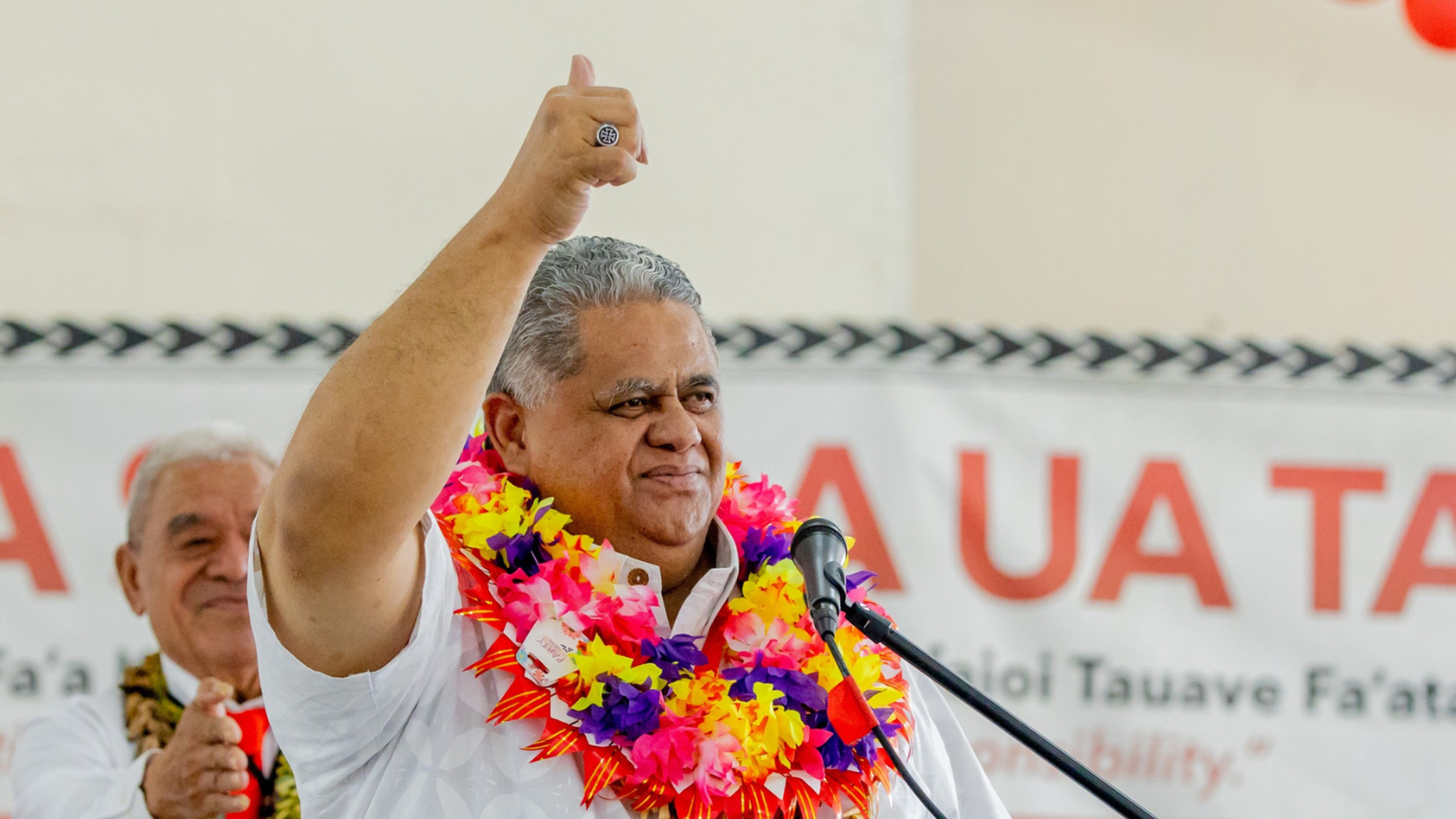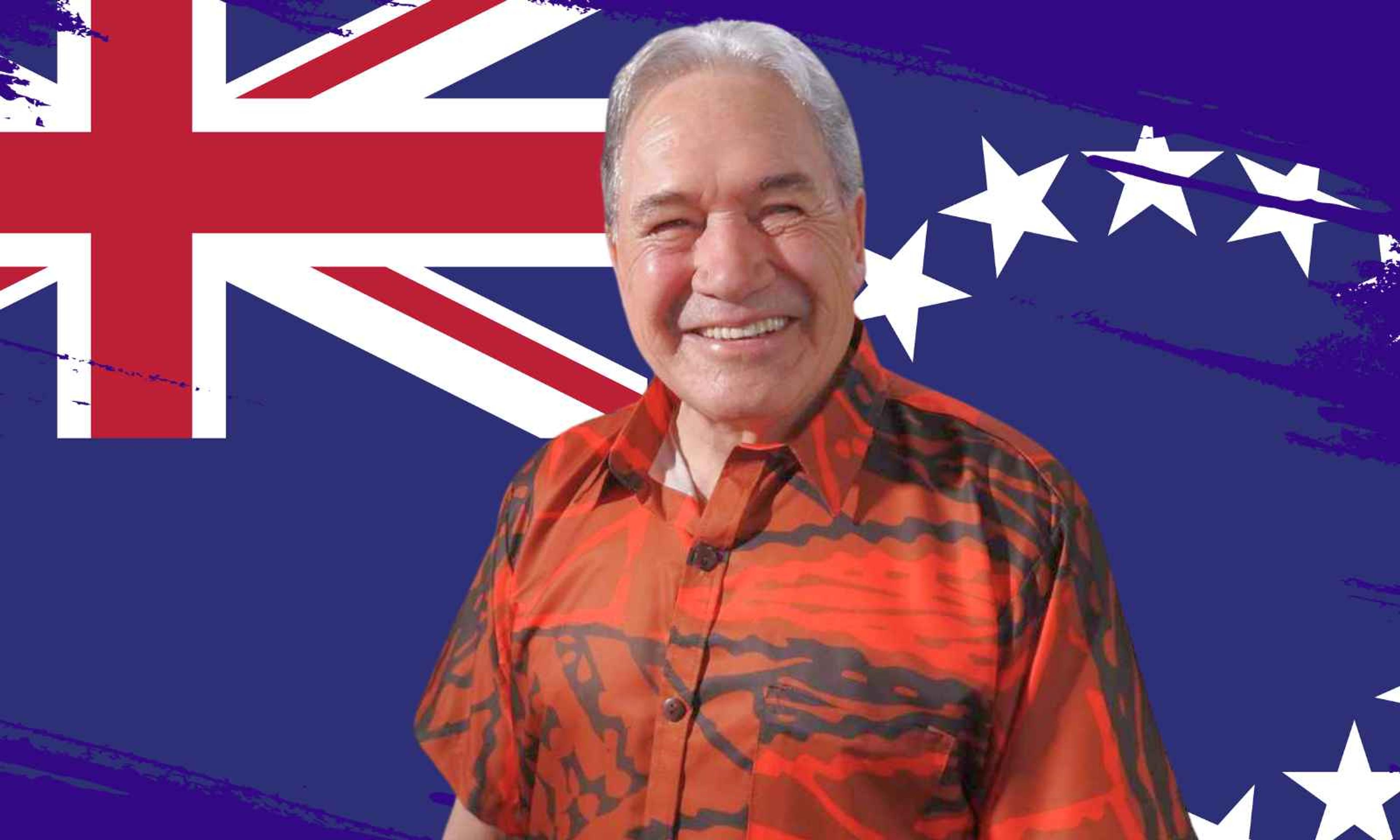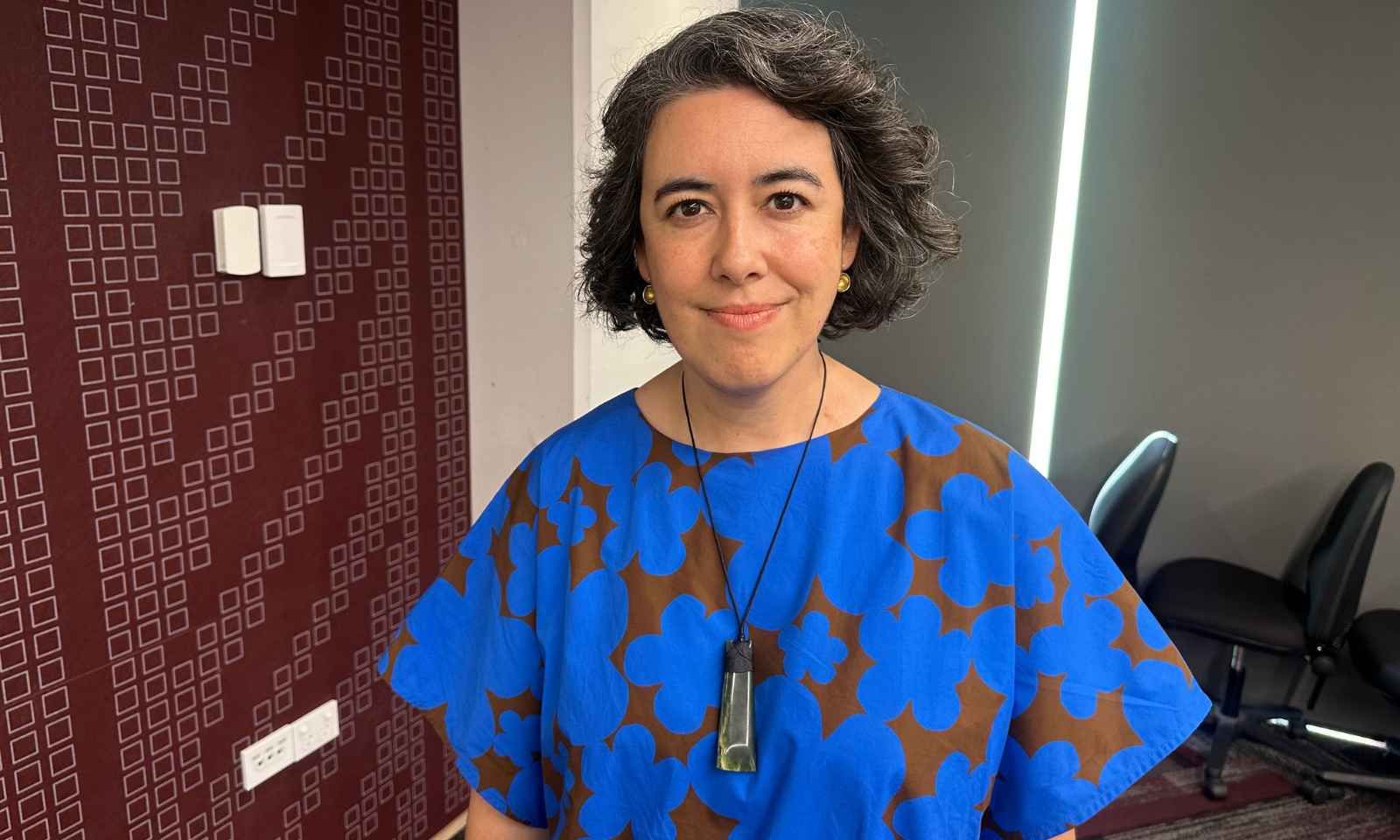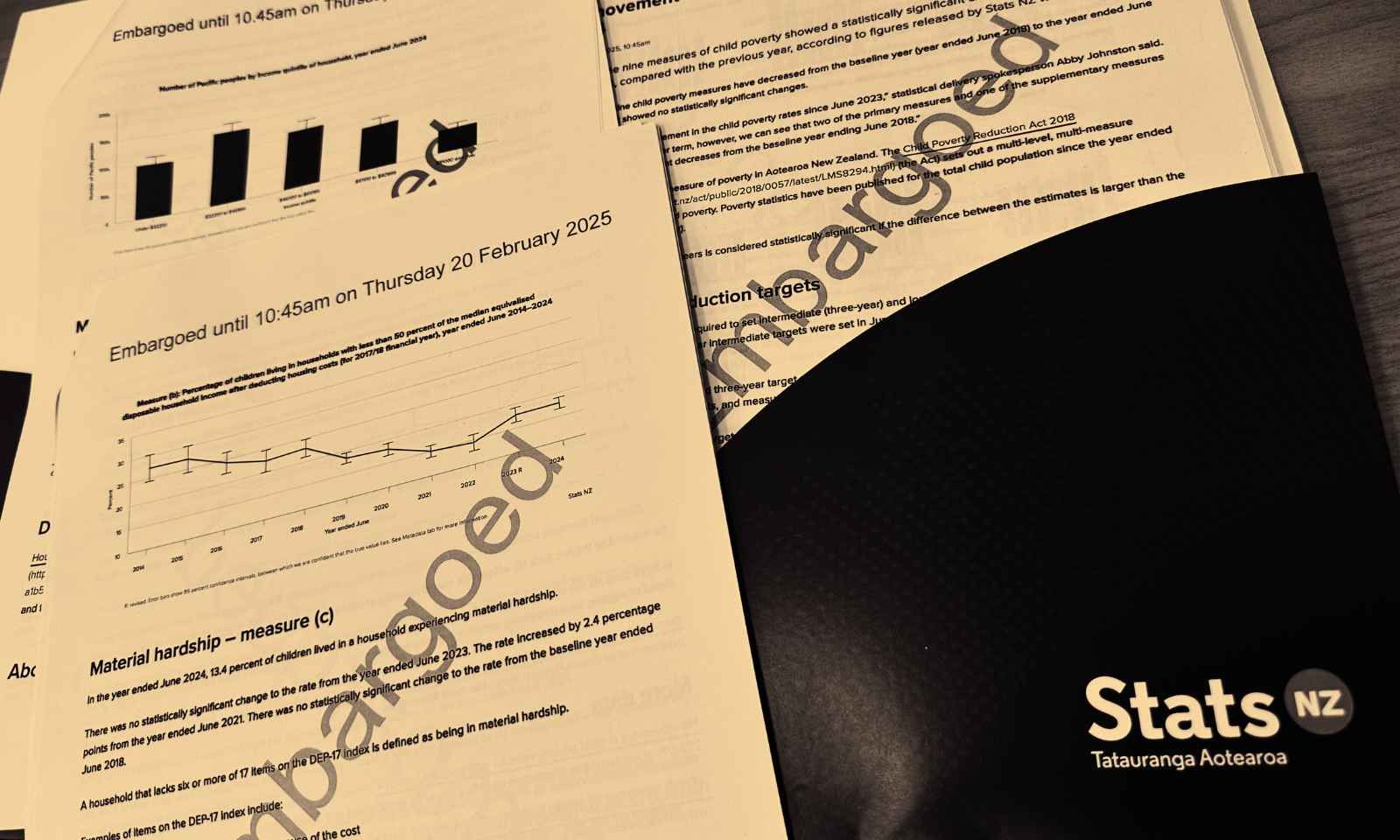

Almost a quarter of mokopuna Māori (23.%) live in material hardship, as do 28.7% of Pacific children, compared with 10.1% of Pākehā children.
Photo/Supplied
Pacific children twice as likely to face hardship - data
Figures released on Thursday by StatsNZ reveal that 28.7 per cent of Pasifika children live in material hardship, compared to 12.7 per cent of the general population.



Tonga leads overstayer statistics as lawyer blames governments' broken promises


New consultation process vital to avoid rifts - Winston Peters


FAST party confirmed winners with crushing majority in Sāmoa’s snap general election

Tonga leads overstayer statistics as lawyer blames governments' broken promises


New consultation process vital to avoid rifts - Winston Peters
The Chief Children’s Commissioner is calling for urgent action after findings show no change in child poverty rates for the year ending June 2024.
Despite this lack of progress, Chief Children’s Commissioner Dr Claire Achmad has urged the government to take bold action and invest in families.
“The latest child poverty statistics show that we are still failing to reduce child poverty in this country,” she told PMN News.
“The fact is children have only one chance at childhood. We can't keep letting them down.
“ Anything less than shifting the dial in the right direction to reduce poverty affecting children in this country is not enough.”
Archmad emphasised the need for strong commitment from the government to invest in families and provide practical support to households with children.
“We need to see cross-party commitment and support to actually make a real dent in child poverty reduction.
“The most concerning thing here is that these statistics show that none of the targets have been met.
“We are still failing to reduce child poverty in this country.”
The latest figures reveal that the country has not met its second set of three-year immediate child poverty reduction targets.

In 2018 when the Child Poverty Reduction Act passed, there was cross-party commitment to halve child poverty by 2028. Dr Achmad says the public wants to see this happen, but it will require vision and action. Photo/PMN News/Ala Vailala
In contrast, two out of three targets were achieved during the first three-year period.
Pacific and Māori children are facing higher levels of poverty compared to the general population.
There are three primary measures of child poverty: Low income before housing costs, low income after housing costs, and material hardship.
Among Pacific children, 28.7 per cent live in material hardship compared to 12.7 per cent of the general population.
As of June 2024, 12.7 per cent of children lived under the ‘before housing costs’ poverty measure for Pacific children, this figure is 14.8 per cent.
The ‘after housing costs’ measure stands at 17.7 per cent for the general population and 17.4 per cent for Pacific children.
Nearly half of all Pacific people (49.6 per cent) live in households earning among the lowest 40 per cent of incomes in the country.
Data was collected through interviews conducted from July 2023 to June 2024 involving over 19,100 households.
A recent report by the Salvation Army revealed half of Pacific children sometimes go without food.
Watch Salvation Army Social Policy analyst, 'Ana Ika speak on PMN Tonga about the Savaltion Army's 18th State of the Nation report.
Louise Upston, the Minister for Child Poverty Reduction, highlighted the Government’s efforts to address the issue through initiatives such as FamilyBoost and tax relief.
“Today’s figures do reflect the challenges of a prolonged cost of living crisis which began under the previous administration and which we are tackling head-on.
“We know there are some Kiwi families and their kids still doing it tough. Our Government is working to fix that.
“We are committed to changing the circumstances which trap people in poverty and to addressing the long-term drivers of child poverty.”
As the government approaches its next round of child poverty reduction targets, Dr Achmad called for more commitment to addressing the crisis.

A press release from Minister Upston's office mentions that the figures mean that the second intermediate, three-year (2022-2024) child poverty targets were not met for any of the three primary measures. The second intermediate targets were set by the previous Government and covered the period from 2021/2022 to 2023/2024. The previous Government was in office for most of this target period. Photo/PMN News/Ala Vailala
“Children only have one opportunity at childhood. We need bold action, and we need that to happen in this year's budget.
“We need it to bring practical support into households where children live, addressing things like housing affordability, basic incomes and addressing food insecurity. Those are the things that will make a difference.”